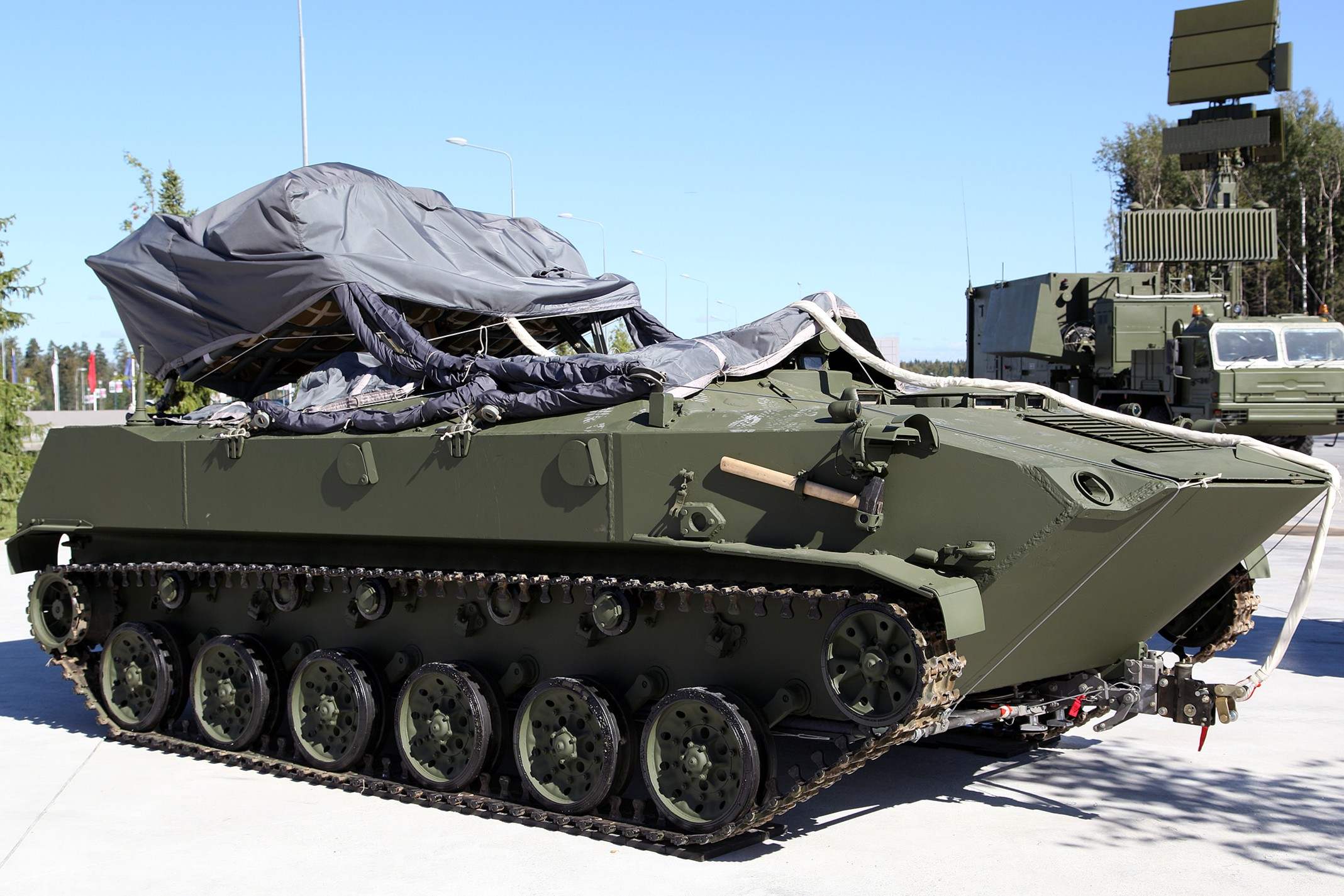
What is the BTR-D? The BTR-D is a Soviet-designed armored personnel carrier (APC) that first rolled out in the 1970s. Known for its versatility, this vehicle can transport troops, equipment, and even serve as a platform for various weapon systems. Unlike many other APCs, the BTR-D is amphibious, meaning it can cross rivers and lakes without needing a bridge. Its lightweight design allows it to be air-dropped, making it a favorite for airborne units. With a crew of two and the capacity to carry up to 10 soldiers, the BTR-D has seen action in numerous conflicts around the world. Whether navigating rough terrains or providing crucial support in battle, this vehicle has proven its worth time and again.
What is the BTR-D?
The BTR-D is a Soviet airborne multi-purpose tracked armored personnel carrier. It was designed to transport troops and cargo while providing protection against small arms fire and shell splinters. Let's dive into some fascinating facts about this versatile vehicle.
-
The BTR-D was first introduced in 1974 and has been in service ever since.
-
It was developed by the Volgograd Tractor Plant, a major manufacturer of military vehicles in the Soviet Union.
-
The BTR-D is based on the BMD-1 chassis, another airborne combat vehicle.
-
It can carry up to 10 fully equipped soldiers in addition to the crew of two.
-
The vehicle is amphibious, meaning it can cross water obstacles without preparation.
Design and Features
The BTR-D boasts several unique design elements and features that make it stand out. Here are some key aspects of its design and functionality.
-
The BTR-D has a low profile, making it harder to detect and target.
-
Its armor is made of aluminum alloy, providing a balance between protection and weight.
-
The vehicle is equipped with a 7.62mm PKT machine gun for self-defense.
-
It has a maximum road speed of 60 km/h (37 mph) and can travel at 10 km/h (6.2 mph) in water.
-
The BTR-D is powered by a 5D20 diesel engine, producing 240 horsepower.
Versatility and Adaptability
One of the BTR-D's greatest strengths is its versatility. It can be adapted for various roles and missions, making it a valuable asset on the battlefield.
-
The BTR-D can be used as a command vehicle, equipped with additional communication equipment.
-
It can be converted into an ambulance, providing medical support to injured soldiers.
-
The vehicle can be fitted with anti-tank guided missiles, enhancing its offensive capabilities.
-
It can also serve as a mortar carrier, providing indirect fire support.
-
The BTR-D can be air-dropped from transport aircraft, allowing rapid deployment in combat zones.
Operational History
The BTR-D has seen action in numerous conflicts around the world. Its performance in these situations has proven its reliability and effectiveness.
-
The BTR-D was used by Soviet forces during the Soviet-Afghan War (1979-1989).
-
It saw action in the Chechen Wars, where it was employed by Russian forces.
-
The vehicle has been used by various countries, including India, Ukraine, and North Korea.
-
The BTR-D played a role in the 2008 Russo-Georgian War, demonstrating its continued relevance.
-
It has also been deployed in peacekeeping missions, showcasing its versatility in different operational environments.
Modern Upgrades and Variants
Over the years, the BTR-D has undergone several upgrades and spawned various variants to keep up with modern military requirements.
-
The BTR-D has been upgraded with improved armor and weapon systems in some versions.
-
The BTR-MDM "Rakushka" is a modernized variant with enhanced protection and mobility.
-
The BTR-ZD is an anti-aircraft variant equipped with ZU-23-2 twin 23mm autocannons.
-
The BTR-RD "Robot" is an anti-tank variant armed with Konkurs or Fagot anti-tank guided missiles.
-
The BTR-D has inspired the development of other airborne vehicles, such as the BMD-2 and BMD-3.
Final Thoughts on the BTR-D
The BTR-D is a fascinating piece of military machinery. Its amphibious capabilities and airborne deployment make it a versatile asset on the battlefield. With a top speed of 60 km/h on land and 10 km/h in water, it can quickly adapt to various terrains. The BTR-D also boasts a crew capacity of up to 13, allowing for efficient troop transport. Its armor provides protection against small arms fire, making it a reliable vehicle in combat situations. The BTR-D has seen action in numerous conflicts, proving its durability and effectiveness. Understanding these key facts about the BTR-D gives us a deeper appreciation for its role in modern warfare. Whether you're a military enthusiast or just curious, the BTR-D is undoubtedly a remarkable vehicle worth knowing about.
Was this page helpful?
Our commitment to delivering trustworthy and engaging content is at the heart of what we do. Each fact on our site is contributed by real users like you, bringing a wealth of diverse insights and information. To ensure the highest standards of accuracy and reliability, our dedicated editors meticulously review each submission. This process guarantees that the facts we share are not only fascinating but also credible. Trust in our commitment to quality and authenticity as you explore and learn with us.
